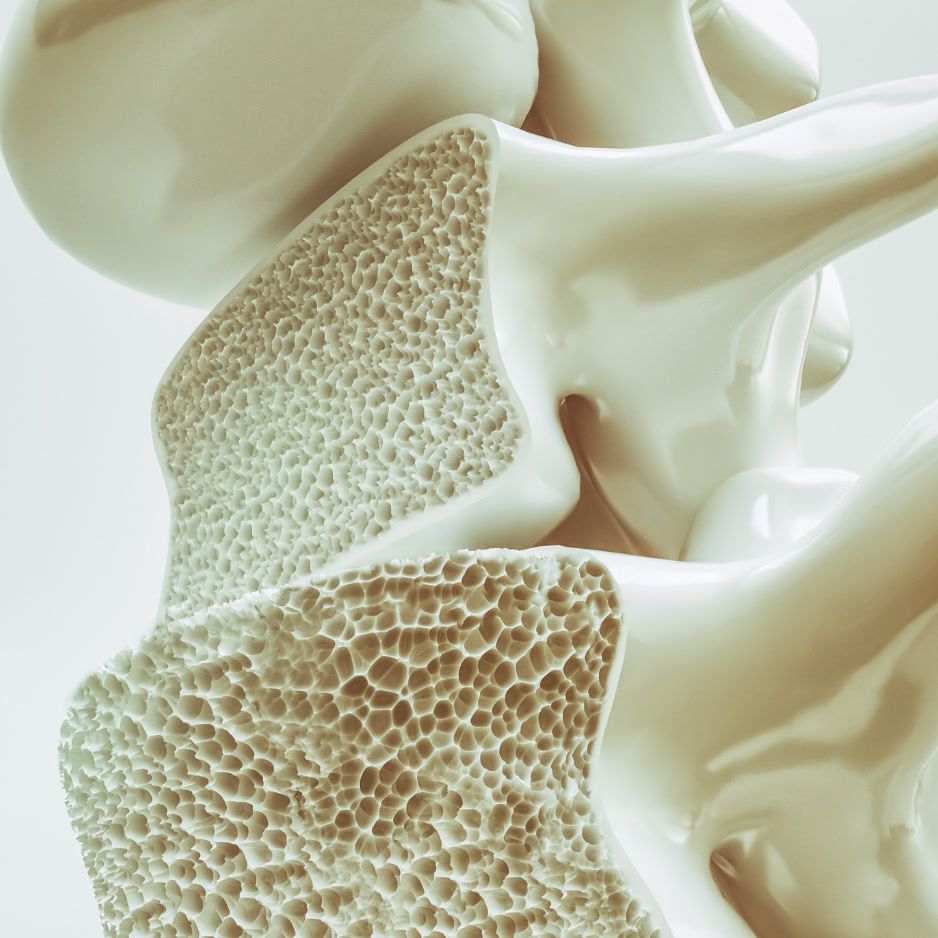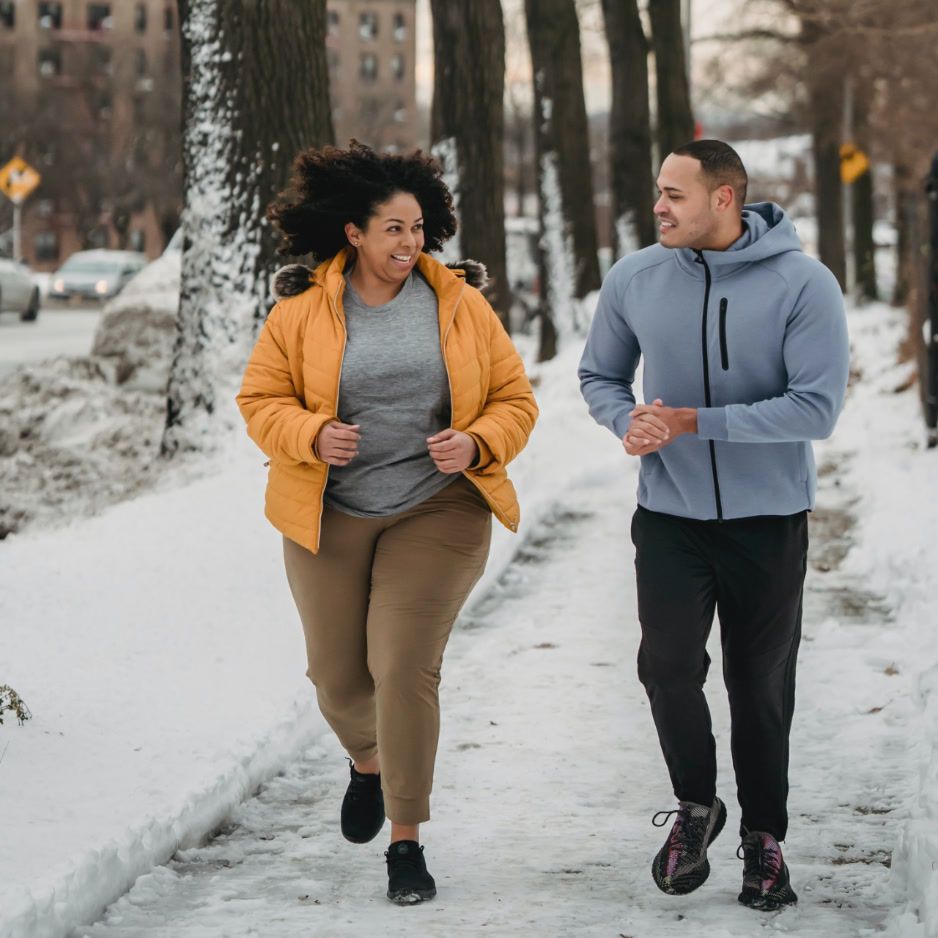TRE Exercises: Step-by-Step Stress Release Guide
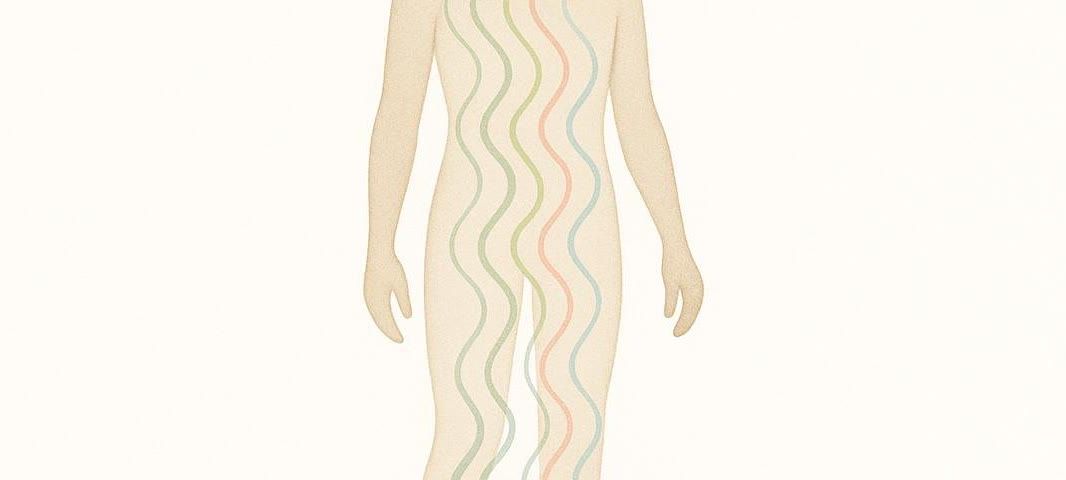
TRE Exercises: Step-by-Step Stress Release Guide
Feeling like stress is lodged in your muscles no matter how much you stretch? TRE®—short for Tension & Trauma Releasing Exercises—might be the missing piece. This body-led method invites controlled shaking to “reset” the nervous system, release deep muscular tension, and can help you feel calmer. This article provides a science-backed, teacher-friendly guide for introducing TRE® into a personal or professional practice.
What Is TRE®?
TRE® is a series of seven simple movements created by trauma expert Dr. David Berceli, PhD. The sequence fatigues specific muscle chains so the body’s natural neurogenic tremor kicks in—a gentle, involuntary shaking that down-regulates fight-or-flight arousal and shifts the body toward rest-and-digest mode (TRE Global).
Unlike talk therapy, TRE® works from the bottom up. By discharging muscular tension first, the brain receives real-time feedback that “the threat has passed,” which can soften emotional distress without digging into stories or memories.
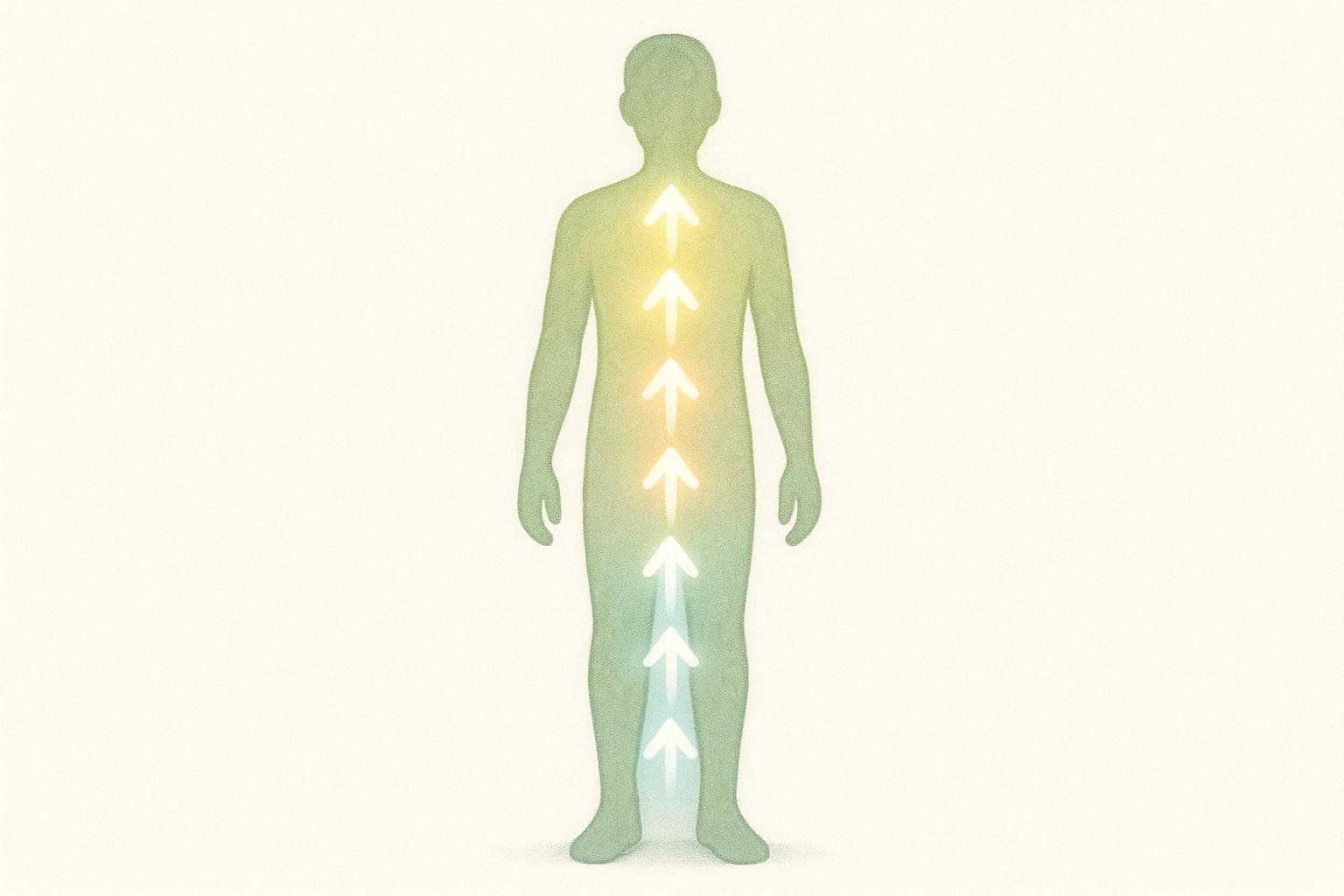
Quick Facts
| Attribute | Details |
|---|---|
| Founder | Dr. David Berceli, PhD |
| Year Introduced | 2005 |
| Core Mechanism | Induced neurogenic tremors |
| Typical Session Length | 10–20 minutes after warm-up |
| Populations Studied | Military veterans, refugees, nurses, MS patients, chronic pain sufferers |
How TRE® Works: The Neurobiology of Shaking It Off
During acute stress, the psoas, diaphragm, and pelvic floor tighten to protect vital organs. Most mammals shake afterward to release that tension, but humans often suppress the reflex. TRE® purposely reawakens it.
- Muscle fatigue – Isometric or slow eccentric holds create mild burn in the lower body.
- Stretch-induced tremor – Fatigued fibers begin to oscillate, sending proprioceptive signals up the spinal cord.
- Vagal brake engagement – Oscillation stimulates afferent pathways that increase vagal tone, ramping up parasympathetic activity.
- Hormonal calm-down – Pilot data show reductions in perceived stress and anxiety scores four weeks after TRE® training (Beattie & Berceli 2021).
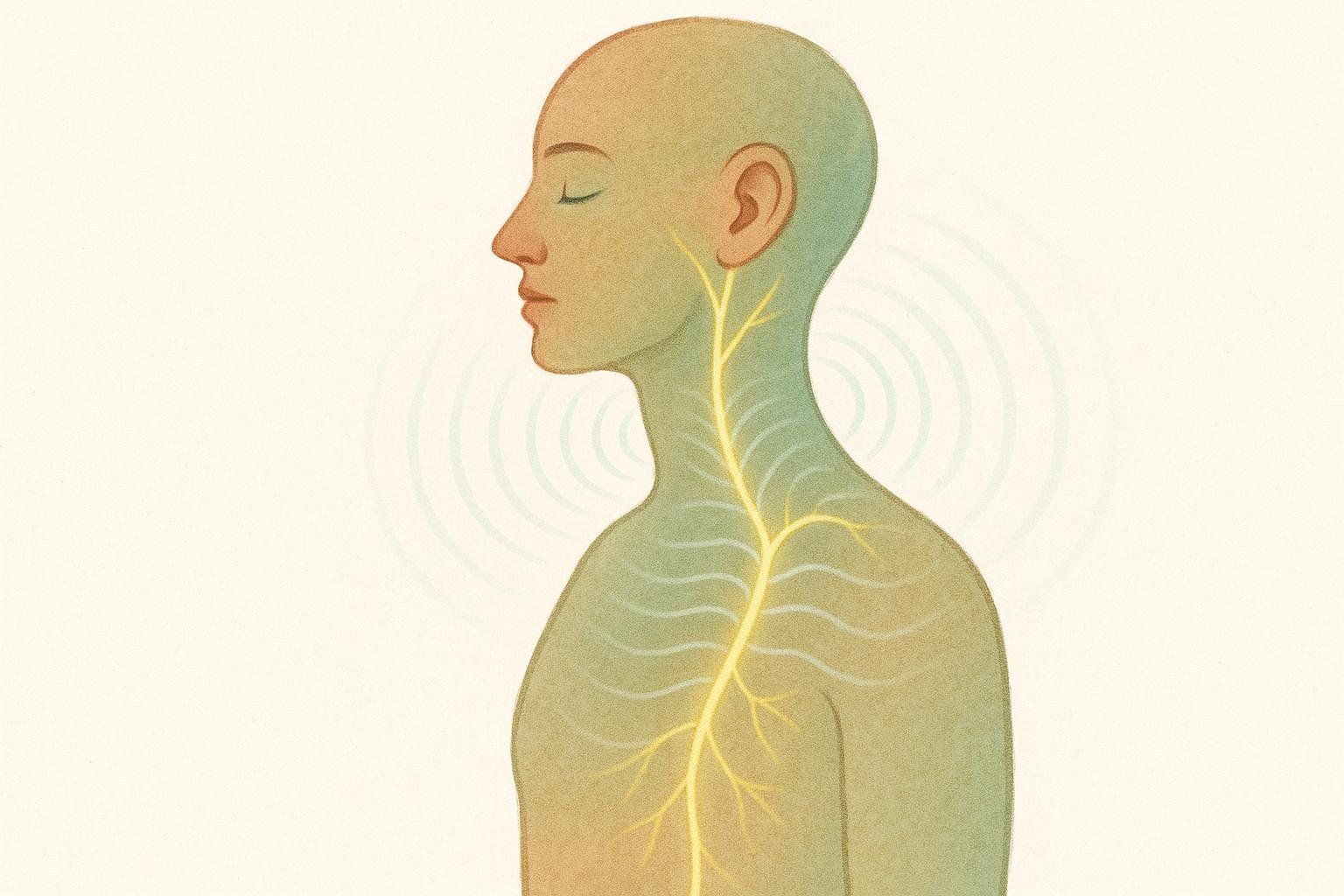
Think of it like rebooting a frozen computer: tremors act as the control-alt-delete for your nervous system.
How to Do TRE®: A Step-by-Step Sequence
Total time: ~25 minutes (including warm-up and cool-down)
Safety First ✅
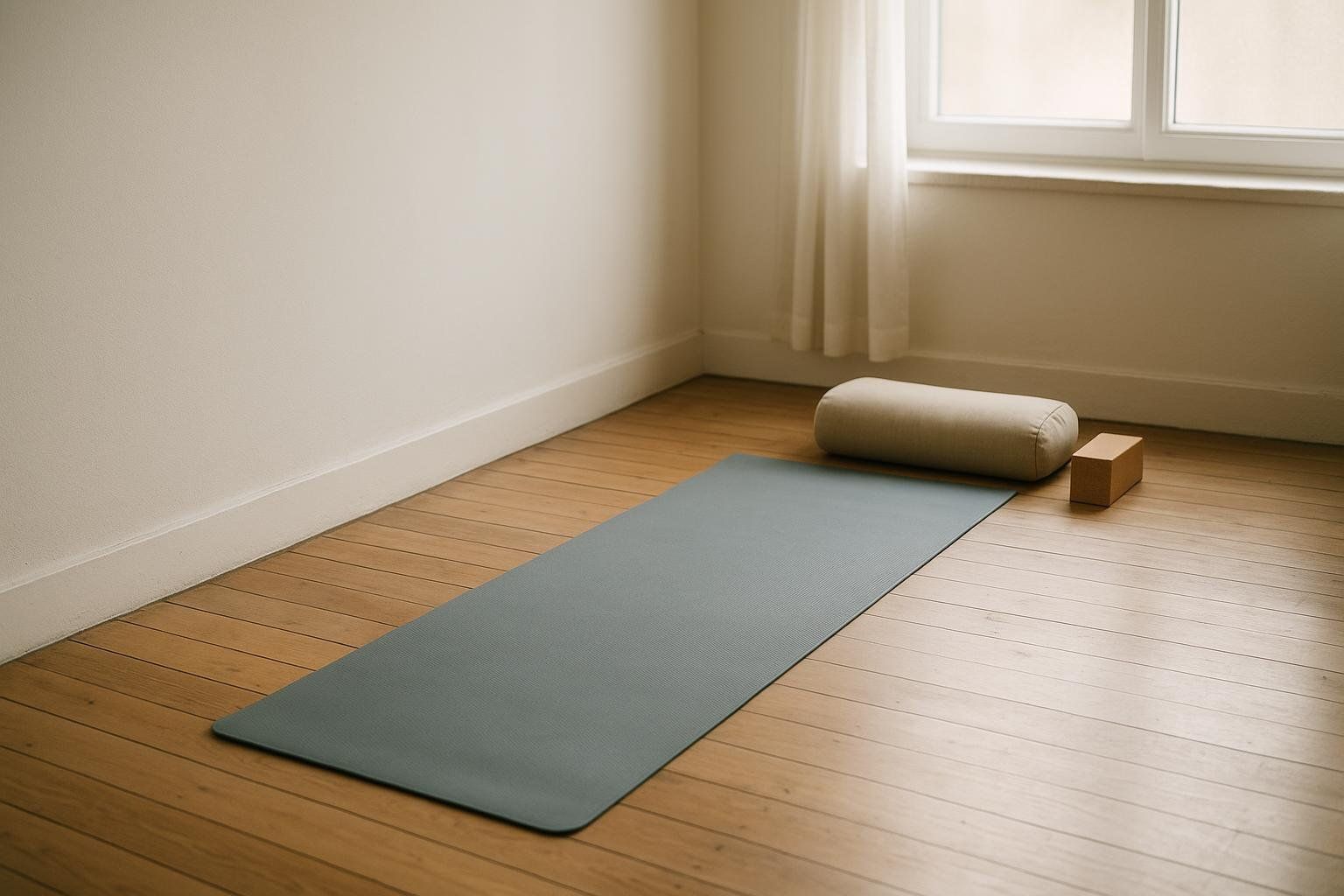
- Get medical clearance if pregnant, recently injured, or managing psychiatric conditions.
- Practice on a yoga mat with a wall nearby for support.
- Stop if tremors feel overwhelming; resume diaphragmatic breathing until calm.
Phase 1: Grounding Warm-Up (5 minutes)

- Ankle Rocks – Stand hip-width, rock weight heel-to-toe × 30 sec.
- Knee Bends – Micro-squats, inhaling down, exhaling up × 15.
- Hip Openers – Wide-leg side lunges, holding 5 sec each side × 6.
- Wall Sit – 45° knee angle hold for 60 sec to pre-fatigue quads & psoas.
Phase 2: Activate Neurogenic Tremors (10–12 minutes)
- Standing Adductor Stretch – Feet wide, toes in, lean forward; hold 90 sec.
- Calf Raise Holds – Lift heels, hold 30 sec, repeat 3×.
- Deep Squat Hold – Sink into yogi squat, arms forward; 60–90 sec.
- Bridge Lift Pulses – Lie on back, knees bent; pulse hips 20× then hold bridge 60 sec.
- Legs-Up Diamond – Feet soles together, knees wide; allow tremor to start.
- 90-90 Bent-Knee Hold – Knees over hips, shins parallel; observe shake.
- Reverse Butterfly – Feet on mat, knees together; tremors often migrate up spine.

Let tremors travel naturally from legs to pelvis to diaphragm. Maintain slow nasal breathing; no effort needed.
Phase 3: Cool-Down & Integration (5 minutes)
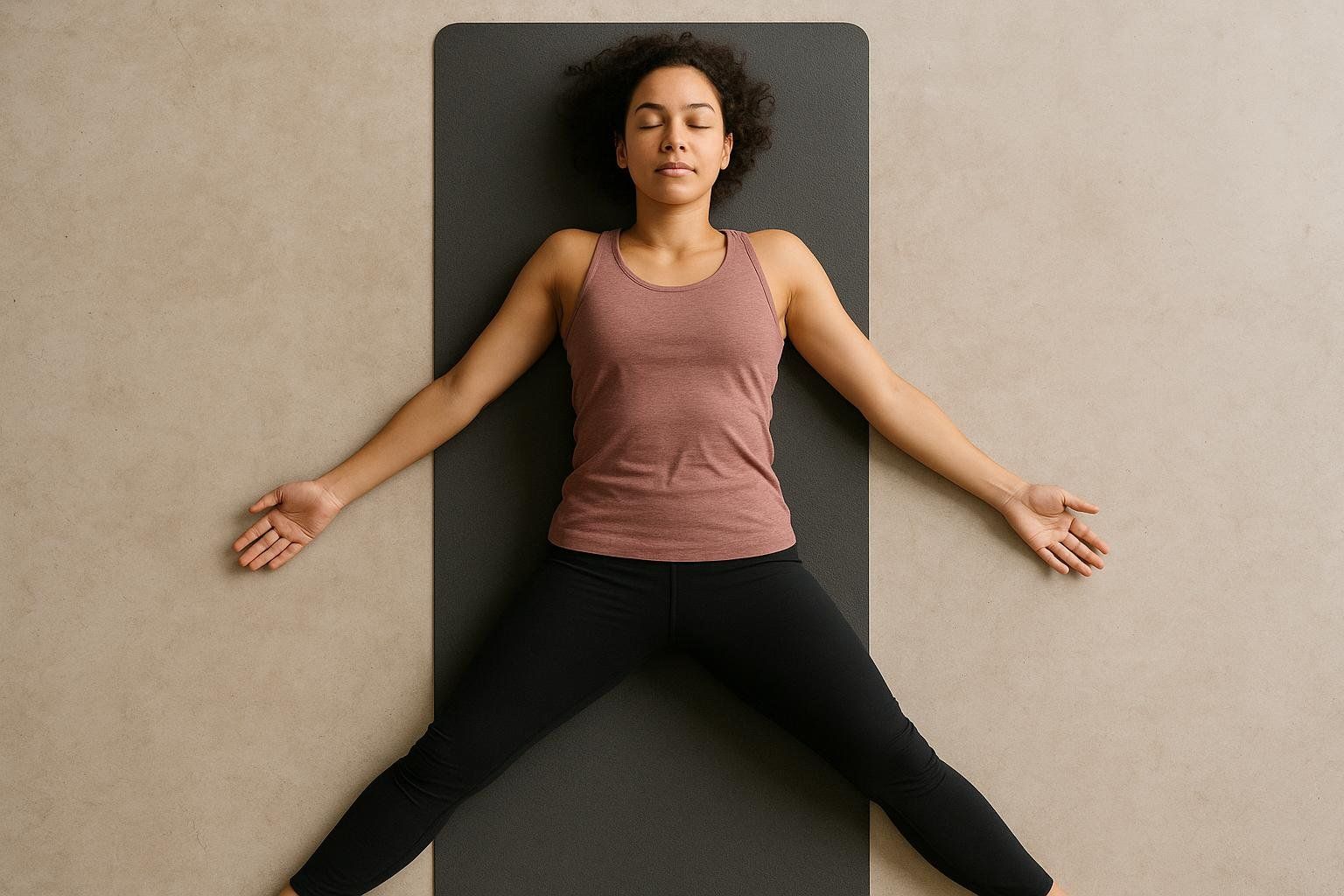
- Supine Starfish – Lie flat, arms and legs gently spread; notice sensations 2 min.
- Side-Lying Fetal Curl – Hug knees, breathe into low back 1 min each side.
- Seated Breath Scan – Sit cross-legged, 10 deep belly breaths tracking pulse & mood.
Consider journaling or noting one word that captures how you feel.
Evidence Snapshot
| Study | Population | Key Outcomes |
|---|---|---|
| Beattie & Berceli 2021 global case study | 98 adults (self-selected) | ↓ Perceived Stress Scale scores at 4 & 12 weeks; ↑ flourishing index |
| Oh & Shin 2021 pilot study | University students | Significant anxiety reduction after 8 TRE® sessions |
| Multiple-sclerosis RCT 2021 | Adults with MS | Improved quality of life & pain self-efficacy |
While larger randomized trials are underway, early data and thousands of anecdotal reports suggest TRE® is a low-risk adjunct for stress regulation.
Teaching Tips for Yoga & Fitness Pros
- Layer TRE® into savasana after vigorous flow to amplify relaxation.
- Cue curiosity, not control: Remind students the body leads; their job is to notice.
- Use music without lyrics < 60 BPM to promote parasympathetic dominance.
- Offer wall or bolster options for clients with limited hip mobility.
- Track subjective stress or HRV changes to showcase progress.
Related Mind-Body Reads
Frequently Asked Questions
Is TRE® the same as time-restricted eating?
No. In fitness circles “TRE” can also mean time-restricted eating. Here we’re talking about Tension & Trauma Releasing Exercises, a mind-body method unrelated to meal timing.
How often should I practice TRE®?
Start with 2–3 sessions per week, 15–20 minutes each. Daily shaking is fine once your nervous system acclimates.
Will I lose control or re-experience trauma?
Tremors are self-limiting—you can stop anytime by straightening the legs or rolling onto your side. If complex trauma is present, work with a certified TRE® provider for guidance.
Can children or seniors do TRE®?
Yes, with modifications: reduce holds, use chairs or walls, and keep tremor time short (≤ 5 min). Always secure medical clearance for frail populations.
TRE® offers a practical, evidence-aligned way to discharge tension that yoga postures alone may not fully address. By giving your clients permission to shake, you may help them unlock deeper relaxation, faster recovery, and a healthier nervous system.
